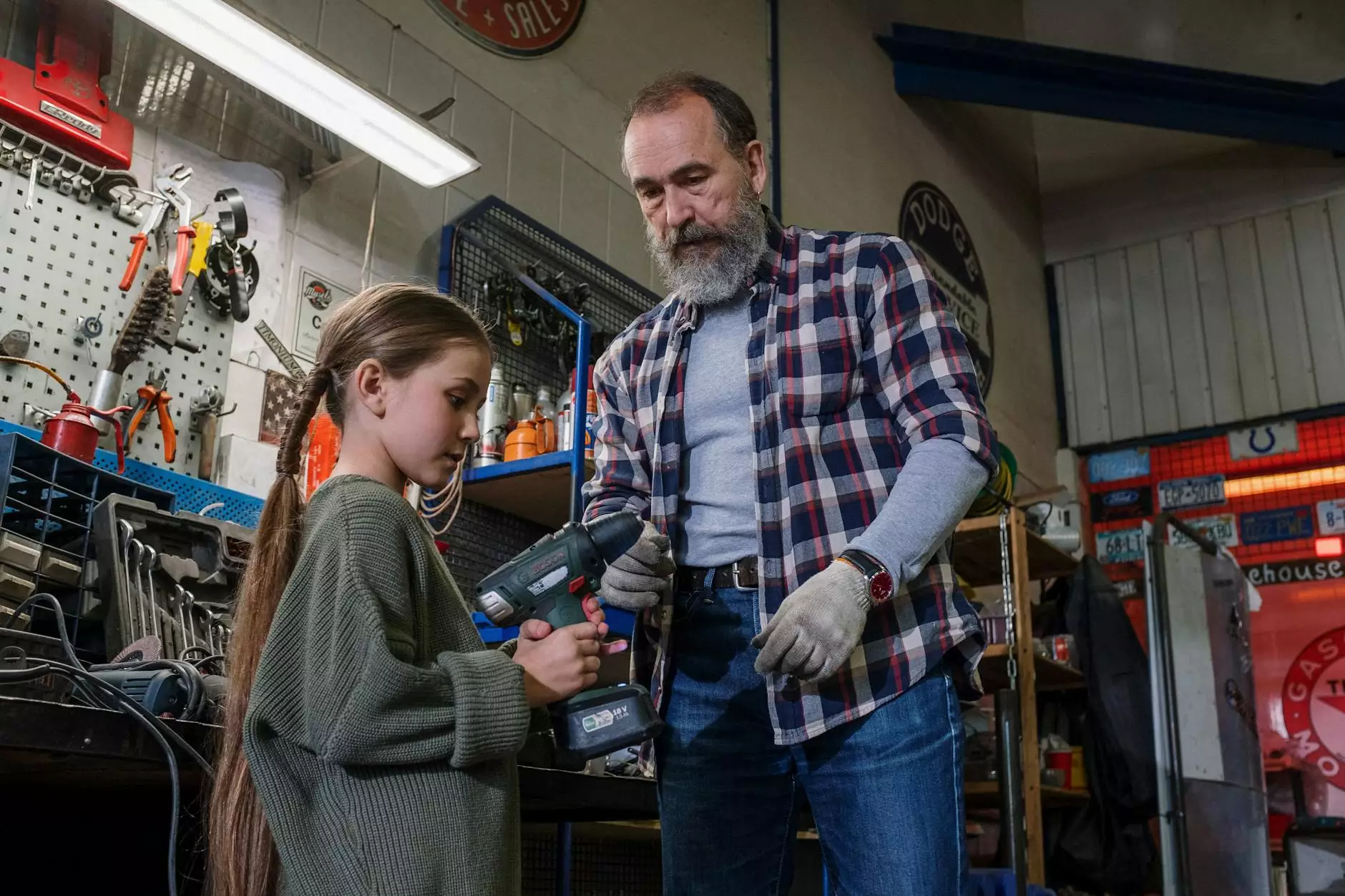Understanding Brachioplasty Scars: Care and Management

In the realm of cosmetic surgery, brachioplasty—commonly known as an arm lift—has become a popular choice for those looking to enhance their self-esteem and refine their silhouette. However, a crucial aspect that often concerns potential candidates is the presence of brachioplasty scars. Today, we will delve deep into this topic, discussing their formation, care, and ways to minimize their appearance post-surgery.
What Is Brachioplasty?
Brachioplasty is a surgical procedure that aims to remove excess skin and fat from the upper arms to create a firmer and more toned appearance. This procedure is particularly beneficial for individuals who have experienced significant weight loss or the natural aging process, which often leads to sagging skin.
The Formation of Brachioplasty Scars
Like all surgical procedures, brachioplasty involves making incisions, which are the primary source of brachioplasty scars. Understanding why these scars form can help patients better manage their post-operative treatment and recovery.
- The Incision Site: The surgeon typically makes incisions along the inner arm, where they can be concealed under clothing. However, the length and placement of these incisions can influence the visibility of scars.
- Healing Process: Scars develop as part of the natural healing process. The body repairs skin through collagen production, which can lead to different types of scars depending on the individual's healing response.
Types of Scars Associated with Brachioplasty
The nature and appearance of brachioplasty scars can vary significantly among individuals. The main types include:
- Hypertrophic Scars: Raised and red scars that can occur when the body produces too much collagen during the healing process.
- Keloid Scars: Thick, raised scars that extend beyond the original incision site. These scars are more common in individuals with darker skin tones.
- Atrophic Scars: Depressed scars that appear as indentations in the skin, often caused by insufficient collagen production.
- Normal Scars: These are flat, pale scars that fade over time and are less noticeable than the other types mentioned.
Minimizing Brachioplasty Scars: Pre-Operative Considerations
While some factors leading to scarring are beyond a patient's control, there are several pre-operative strategies that can significantly aid in reducing the severity of brachioplasty scars.
- Choosing the Right Surgeon: It's crucial to select a board-certified plastic surgeon with extensive experience in brachioplasty to ensure the best surgical techniques are employed.
- Healthy Lifestyle: Maintaining a balanced diet and engaging in regular physical activity can enhance overall skin health, promoting optimal healing.
- Pre-Operative Consultation: Discuss all concerns regarding scarring with your surgeon, as they may recommend specific methods to minimize scarring.
- Smokers Should Quit: Smoking impairs blood flow, which can slow down the healing process and result in more pronounced scars.
Post-Operative Care for Optimal Healing
Proper post-operative care is key to minimizing brachioplasty scars. Consider the following tips:
- Follow Surgeon's Instructions: Adhere strictly to the post-operative care instructions your surgeon provides for the best outcome.
- Wound Care: Keep incisions clean and dry, and follow a routine of changing dressings as recommended.
- Avoid Sun Exposure: Protect your scars from direct sunlight, as UV rays can lead to discoloration and make scars more visible.
- Hydration and Nutrition: Stay hydrated and consume a nutrient-rich diet to support the healing process.
- Managing Tension on Incisions: Avoid activities that result in excessive tension on the incision area during the healing phase.
Scarring and Skin Types: What You Need to Know
Individual skin types can influence the way scars heal post-brachioplasty. Understanding your skin type can help you and your surgeon tailor the post-operative care plan:
- Fair Skin: Typically, fair skin tends to heal with minimal scarring, often resulting in lighter, less noticeable scars.
- Medium Skin: Individuals with medium skin tones may experience hyperpigmentation; however, proper care and treatment can assist in fading scars.
- Dark Skin: Darker skin types may be more prone to keloid formation, thus requiring specialized care and monitoring.
Long-Term Scar Management Techniques
After the initial healing phase, there are ongoing approaches that can further minimize the appearance of brachioplasty scars:
- Silicone Sheets and Gel: Using silicone products can help soften and flatten scars over time.
- Scar Massage: Gently massaging the scar can improve blood flow and help flatten the scar tissue.
- Professional Treatments: Consult a dermatologist about options like laser therapy, chemical peels, or microdermabrasion to reduce scar visibility.
- Topical Treatments: Over-the-counter creams containing ingredients like vitamin E or hyaluronic acid can help with healing.
Conclusion
Navigating the journey of brachioplasty involves understanding potential outcomes, including brachioplasty scars. By being informed and proactive about pre-operative choices and post-operative care, individuals can significantly minimize scarring and maximize their satisfaction with the results of their surgery.
For those considering this transformative procedure, we emphasize the importance of thorough research and consultation with qualified professionals. At clinichealthbeauty.com, we are dedicated to providing the latest insights and support to help you achieve your aesthetic goals confidently and safely.









